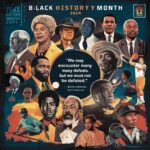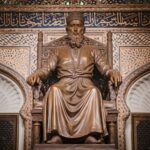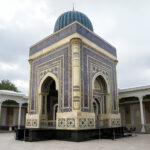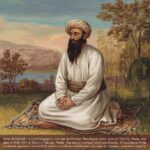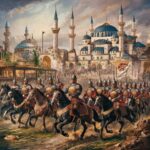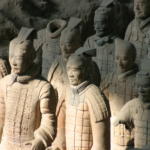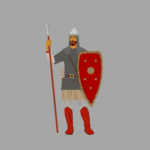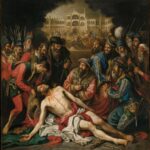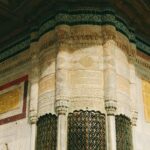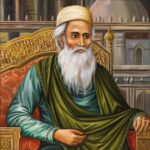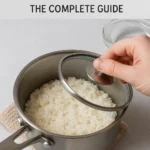Introduction
Have you ever pondered what would happen if more than twenty strong men were imprisoned in a room and prevented from leaving until they all reached a consensus? That is the concept behind a papal conclave, which is a very private gathering in which cardinals choose a new pope. But what if, after over three years, they are unable to agree? Greetings and welcome to the story of the longest conclave in history. It is a story of human persistence, political drama, starvation techniques, and roof removals.
Historical Background of Papal Conclaves
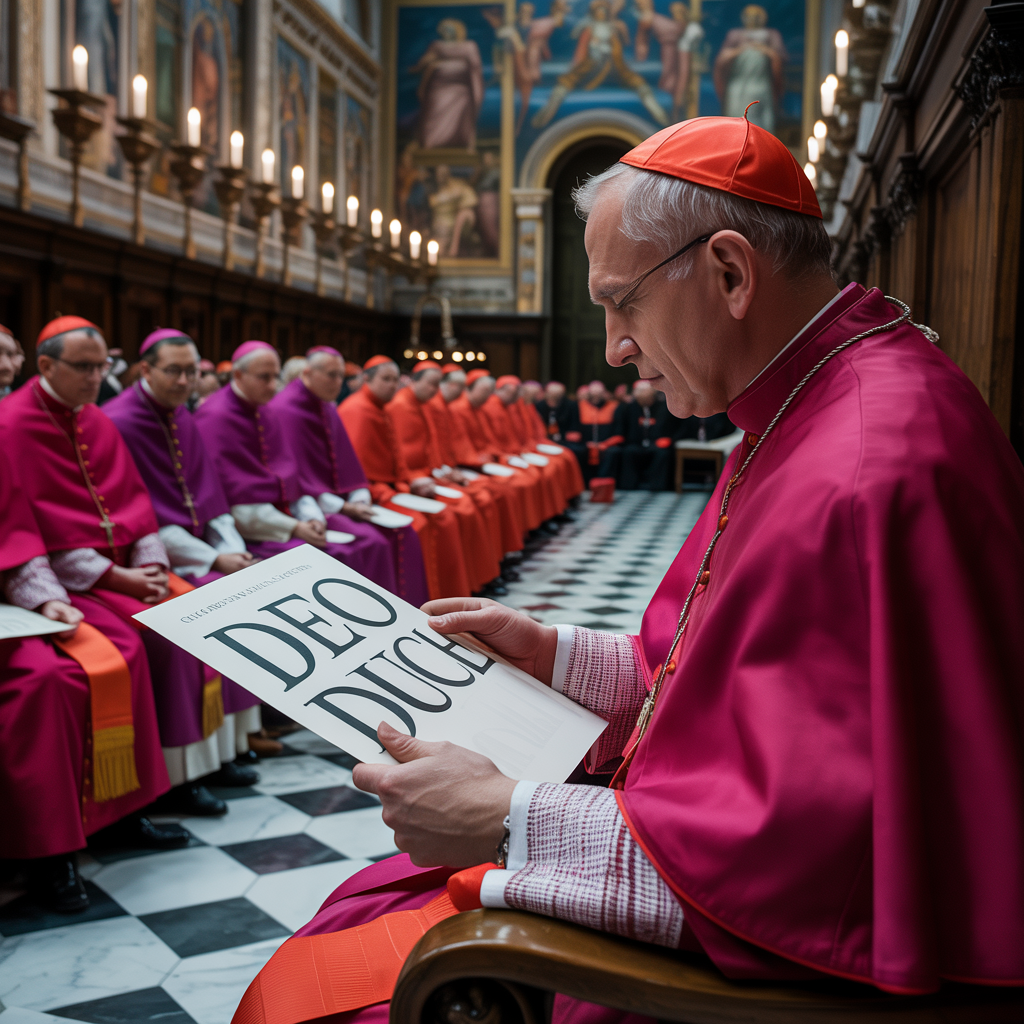
Papal elections were chaotic prior to the formalization of conclaves. Noble families, emperors, and kings frequently became involved. There was no set approach, and anarchy prevailed, as you might expect. The choice of the pope was crucial since he served as both a political and spiritual leader.
The purpose of the conclave, which translates to “with a key” in Latin, was to safeguard the independence and integrity of this electoral procedure. Until a decision was reached, the cardinals would be sequestered and have little access to the outside world.
The Need for a Regulated Conclave
The Catholic Church was left without a head due to papal vacancies, which was problematic in medieval Europe. In addition to the Church’s inaction, competing groups would take advantage of the void to vie for control. Reforms resulted from the tumult, but the conclave system wasn’t thoroughly tested—in the worst possible way—until the 13th century.
The Setting: Viterbo, Italy
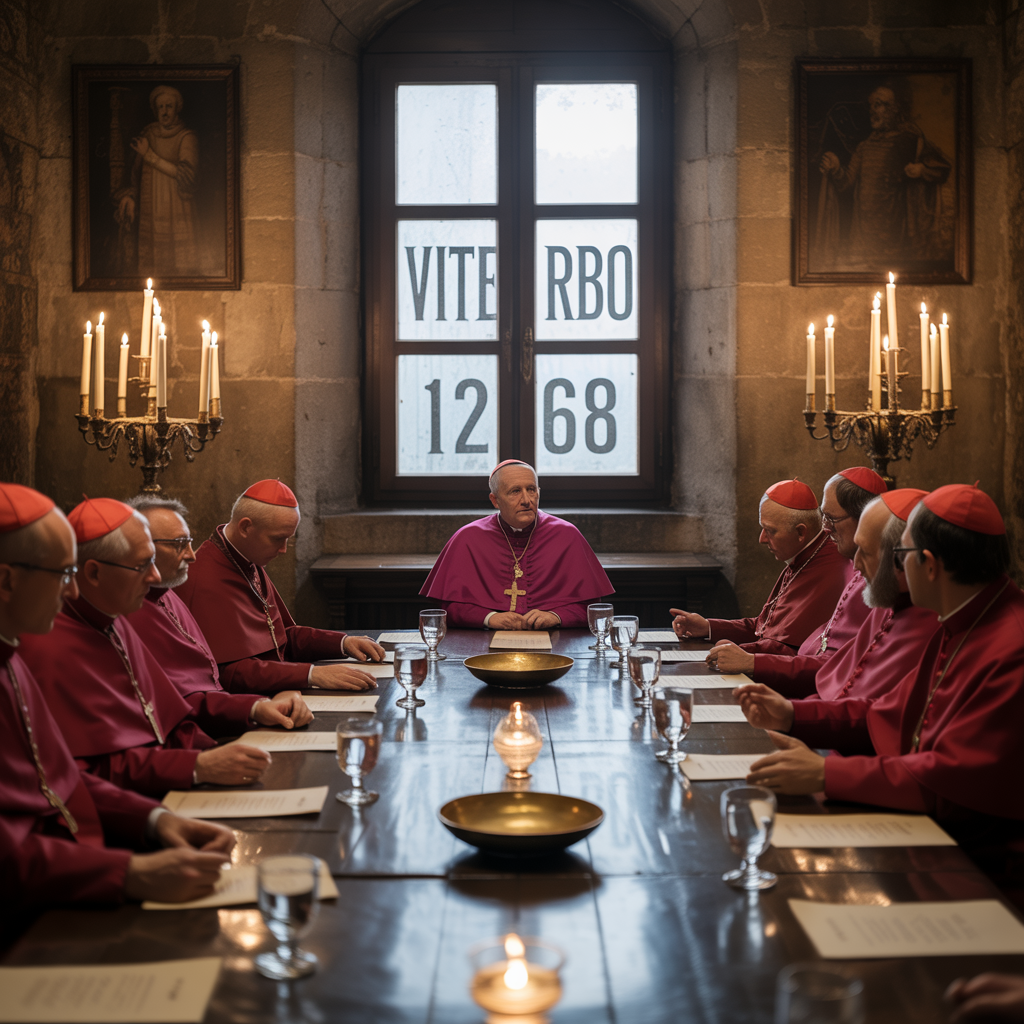
Pope Clement IV passed away in 1268 while living in the little town of Viterbo, which is located north of Rome. Presuming they would choose a new pope in a few weeks, the cardinals assembled there. They were completely mistaken.
The unintentional setting of a nearly three-year play that would permanently alter the Church was Viterbo, which was then a part of the Papal States.
The Death of Pope Clement IV
The passing of Clement IV created a significant gap. His death exacerbated factional conflicts because he was a French pope with strong opinions. Cardinals were unable to agree on a successor; this was especially true of the French and Italian cardinals.
The pope was essential to the Church’s operation, but the cardinals refused to compromise.
The Election That Took 1001 Days
1001 days, indeed. It’s roughly thirty-three months. Cardinals quarreled, prayed, conspired, and refused to make concessions. As Europe and the Church waited, the conclave devolved into a disgrace.
Votes were unsuccessful despite meetings. Time went by. Years went by.
The Cardinals’ Disagreements
A French pope was desired by French cardinals. Italians desired Italians. There was a great deal of tension, and neither side was prepared to compromise. The debates grew more acrimonious the longer they went on.
External Pressure from Citizens and Authorities
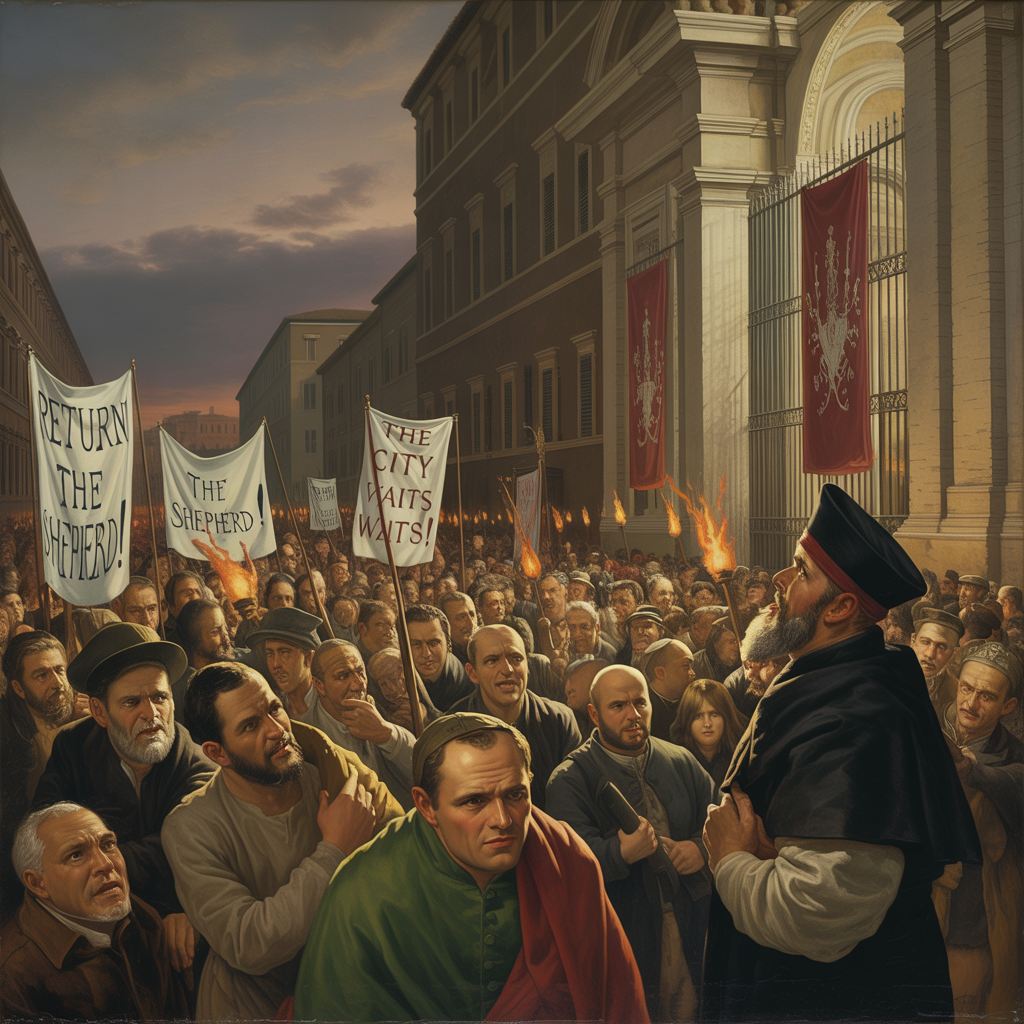
Outside the conclave, people were incensed. Without a pope, a city was politically precarious. Townspeople and local leaders became impatient. Suppose your boss has been out of work for three years. Now assume that he is in charge of the biggest religious organization in Europe.
Extreme Measures: Locking the Cardinals In
What then did they do? The cardinals were practically trapped in by the authorities. They cut back on their food. They deny pleasures. Life was uncomfortable because of them.
This was desperation, not malice. The plan was to starve them and make them make a choice.
The Roof Removal Incident
No pope yet? All right, take off the roof.
Yes, they took off the roof of the palace where the conclave was held, which was both symbolic and startling. Without a roof, you were vulnerable to the cold, sun, and rain.
That was the last straw.
The Final Decision: Pope Gregory X
Teobaldo Visconti, a non-cardinal who was in the Holy Land at the time, was chosen by the cardinals on September 1, 1271. Gregory X became Pope.
Although he was neither Italian nor French, he was regarded by both as a compromise option.
Reforms After the Longest Conclave
Gregory X had no intention of repeating the past. Fixing the conclave mechanism permanently was one of his first actions as pope.
To make sure that no conclave ever lasted this long again, he issued an order.
Ubi Periculum Decree
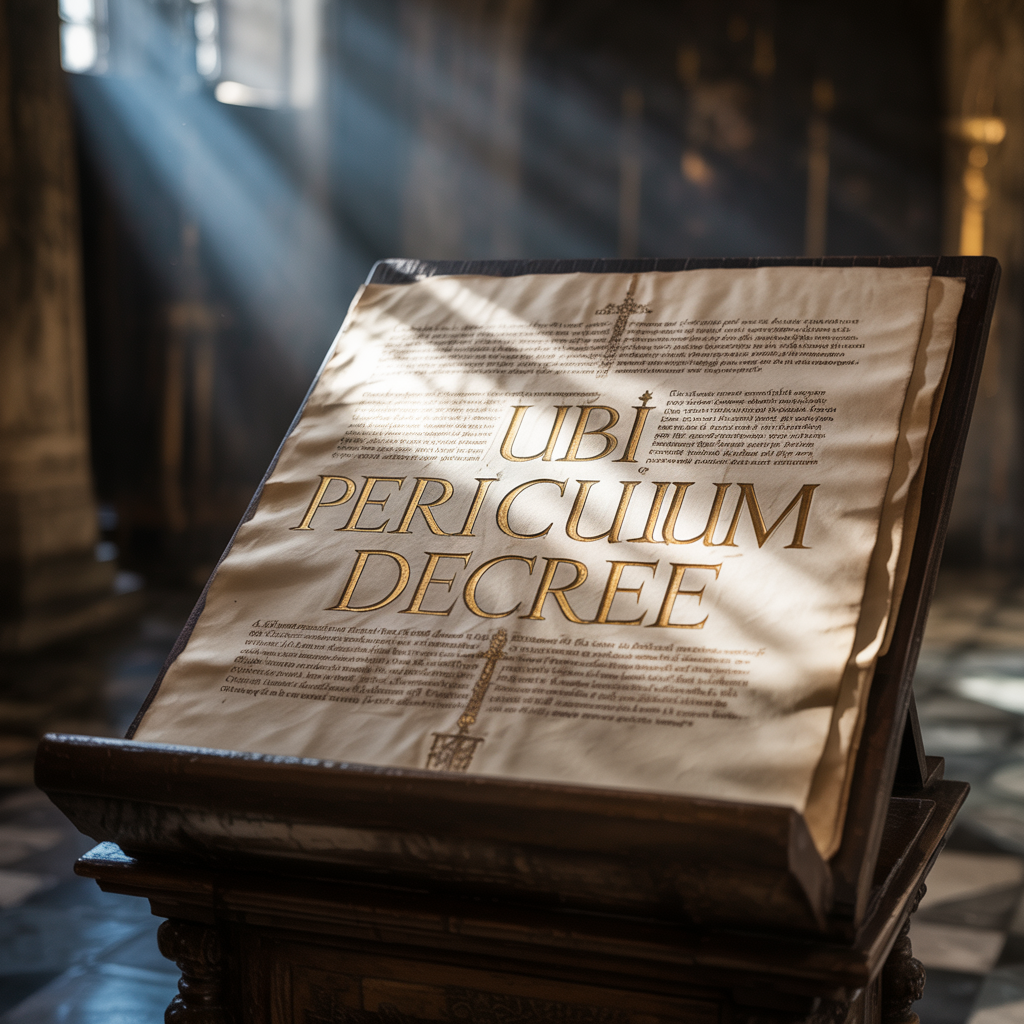
Gregory X issued the historic Ubi Periculum in 1274, which established stringent conclave regulations:
Cardinals must remain imprisoned until a pope is selected.
Every couple of days, their food would be cut.
It was forbidden to communicate with outside parties.
Ten days following the pope’s passing, the election must start.
This served as the basis for contemporary conclave protocols.
The Legacy of the Viterbo Conclave
The conclave of 1268–1271 is regarded as a watershed. It revealed systemic weaknesses and brought about long-lasting change. Future elections will be quicker, more equitable, and more effective thanks to Gregory X’s reforms.
Comparisons to Other Long Conclaves
The longest conclave in the future? The election of 1292–1294 lasted more than two years. Not Viterbo long, but still lengthy.
Conclaves nowadays rarely last longer than a week. Most decisions are made within two to five days.
Modern Conclaves: Streamlined and Swift
The Sistine Chapel is the venue for today’s conclaves. There are no roofs to tear down or meals to reduce, but the sense of seclusion and secrecy endures. The Church learned the importance of urgency from Viterbo.
Conclusion
The longest conclave in history was a crisis rather than merely a postponement. It made clear the importance of reform, the perils of division, and the strength of popular pressure. The Catholic Church today could look very different if Viterbo’s unpleasant lessons hadn’t been taught.
FAQs
1. What is the longest conclave in papal history?
The longest conclave, which lasted 1001 days, took place in Viterbo, Italy, between 1268 and 1271.
2. Why did the 1268–1271 conclave last so long?
due to intense political differences that prevented the French and Italian cardinals from agreeing on a nominee.
3. Who was elected after the longest conclave?
In 1271, Teobaldo Visconti was elected Pope Gregory X.
4. What reforms did Pope Gregory X implement?
In order to prevent further delays, he instituted stringent conclave regulations under the Ubi Periculum decree.
5. How long do modern conclaves usually last?
Because of the reforms made by Gregory X, most conclaves today endure two to five days.














